
As Gen Alpha enters tweendom, their immersion in social media is more significant than ever before. With the oldest members of this generation already 14 years old, many have established their presence on various social platforms, paving the way for a new wave of influencers within their age group. From beauty routines to fashion trends and culinary endeavours, Gen Alpha influencers are captivating their peers with content that blurs the lines between childhood and adulthood.
Influenced by the digital realm from a tender age, Gen Alpha views social media stars as role models, with 49% trusting them as much as their own family and friends when it comes to product recommendations. This shift in consumer behaviour is significant, indicating that traditional marketing strategies may not be as effective with this demographic.
However, concerns arise regarding the appropriateness of certain products promoted by these influencers. The phenomenon of “Sephora Kids” highlights a growing interest among children in beauty and skincare products designed for adults, raising questions about premature exposure to such industries.
For Gen Y parents, navigating their children’s online presence is a balancing act. While many aim to limit their children’s exposure to social media (75% want to keep their children off of social media as long as possible), they also recognise the importance of teaching responsible online behaviour. As Gen Alpha’s digital footprint grows, parental involvement in monitoring and guiding their online activities becomes paramount.
As such, brands must tread carefully, ensuring their efforts align with the values of Gen Alpha and their parents. Collaboration with child influencers can be fruitful, but it’s essential to avoid exploiting their influence for products unsuitable for their age group. This not only protects brand reputation but also prioritises the well-being of young consumers. As social media platforms face scrutiny and potential regulatory changes, brands must adapt and self-regulate to maintain ethical standards.
Source: Canvas8


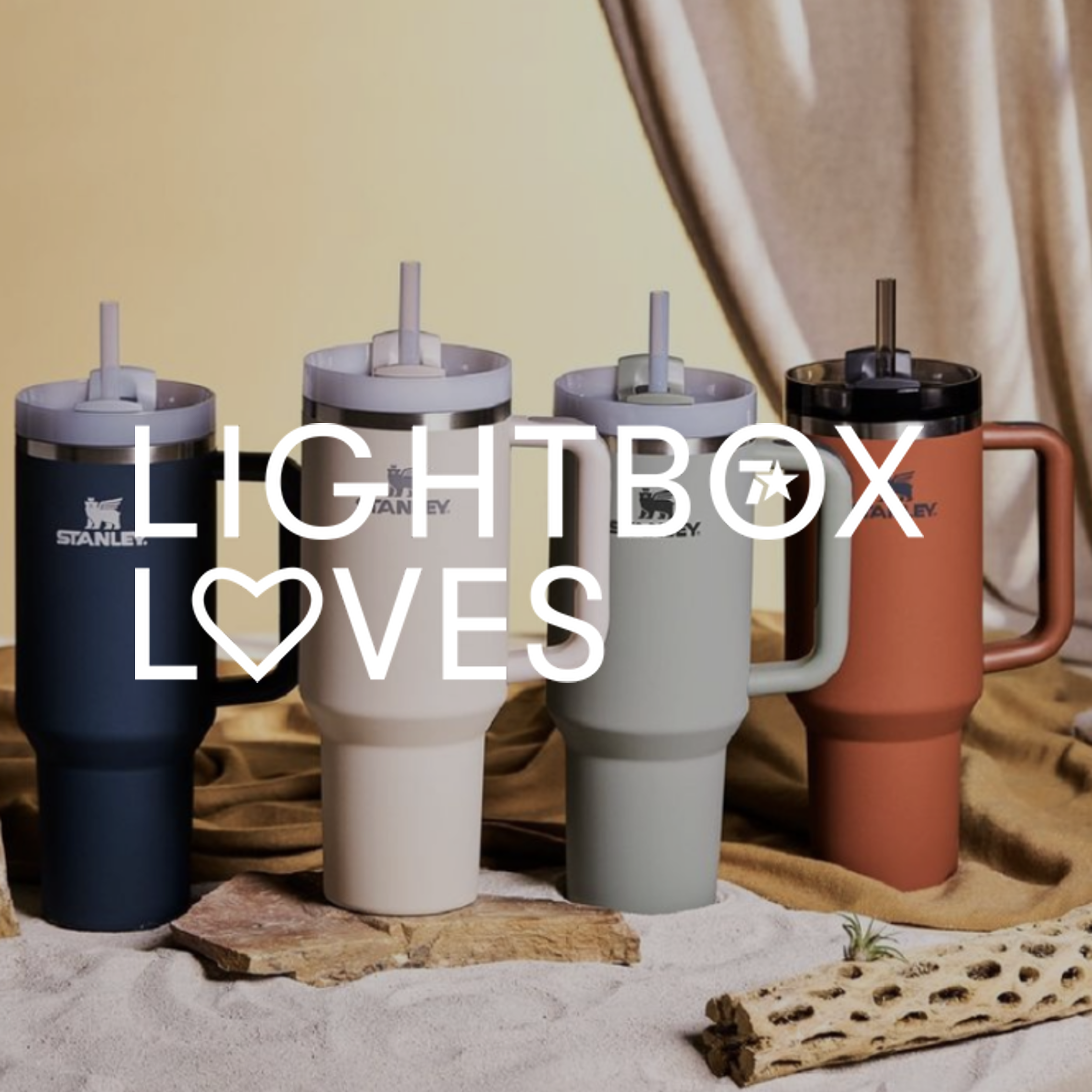
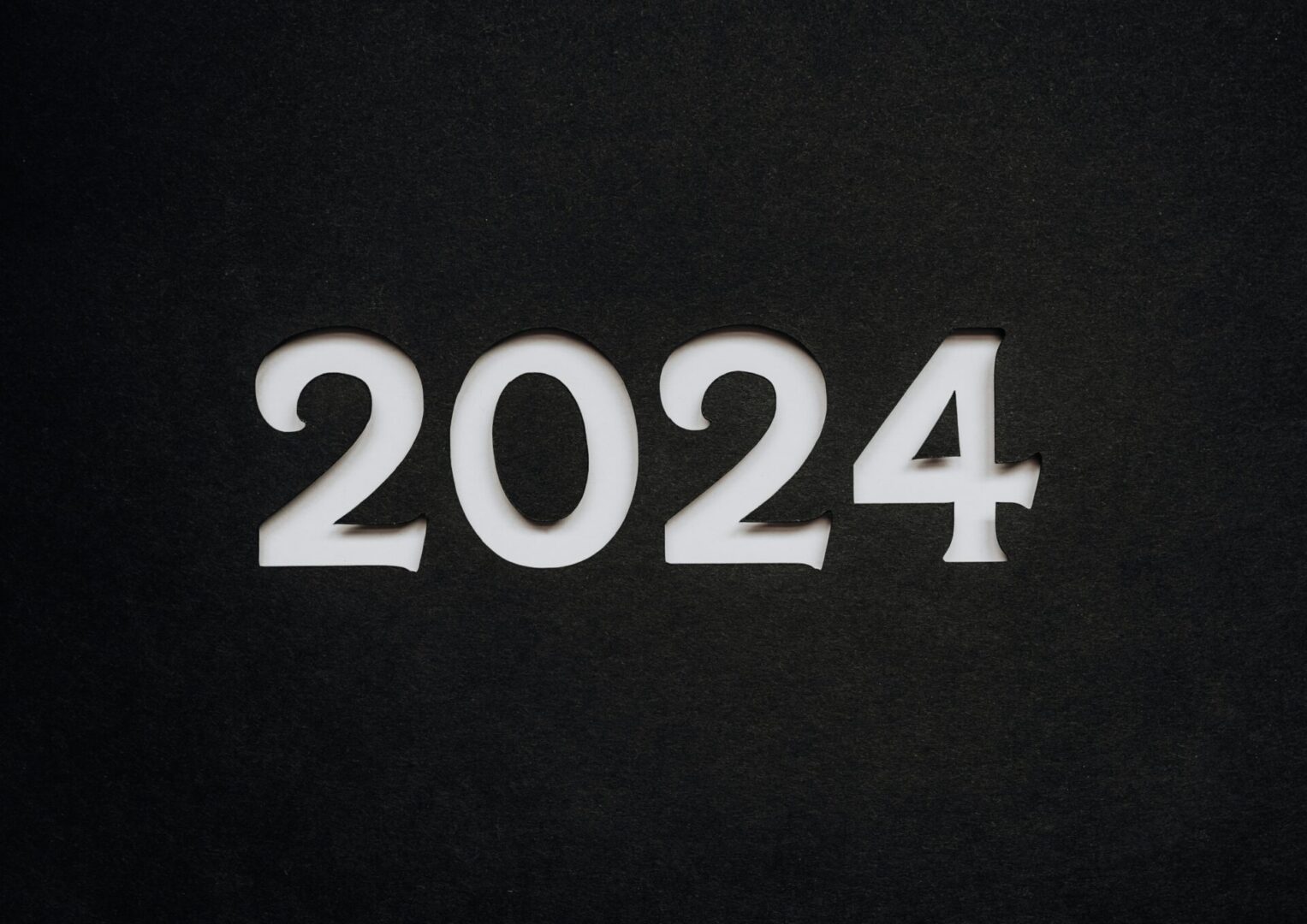

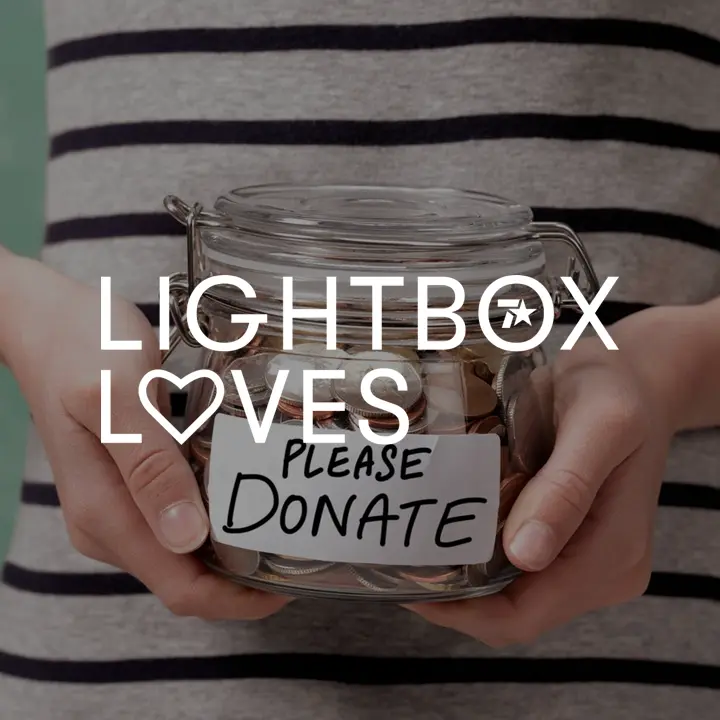
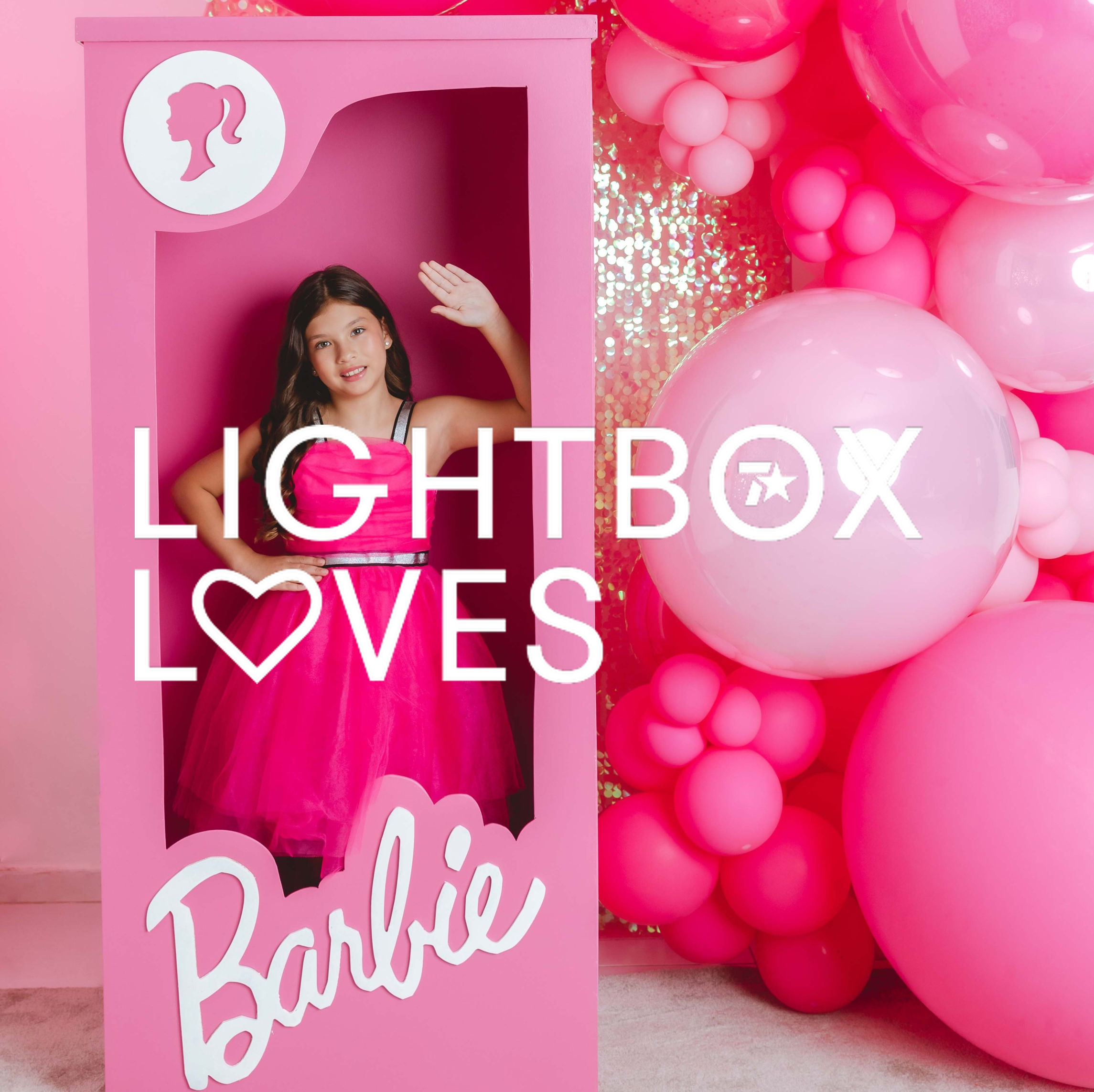


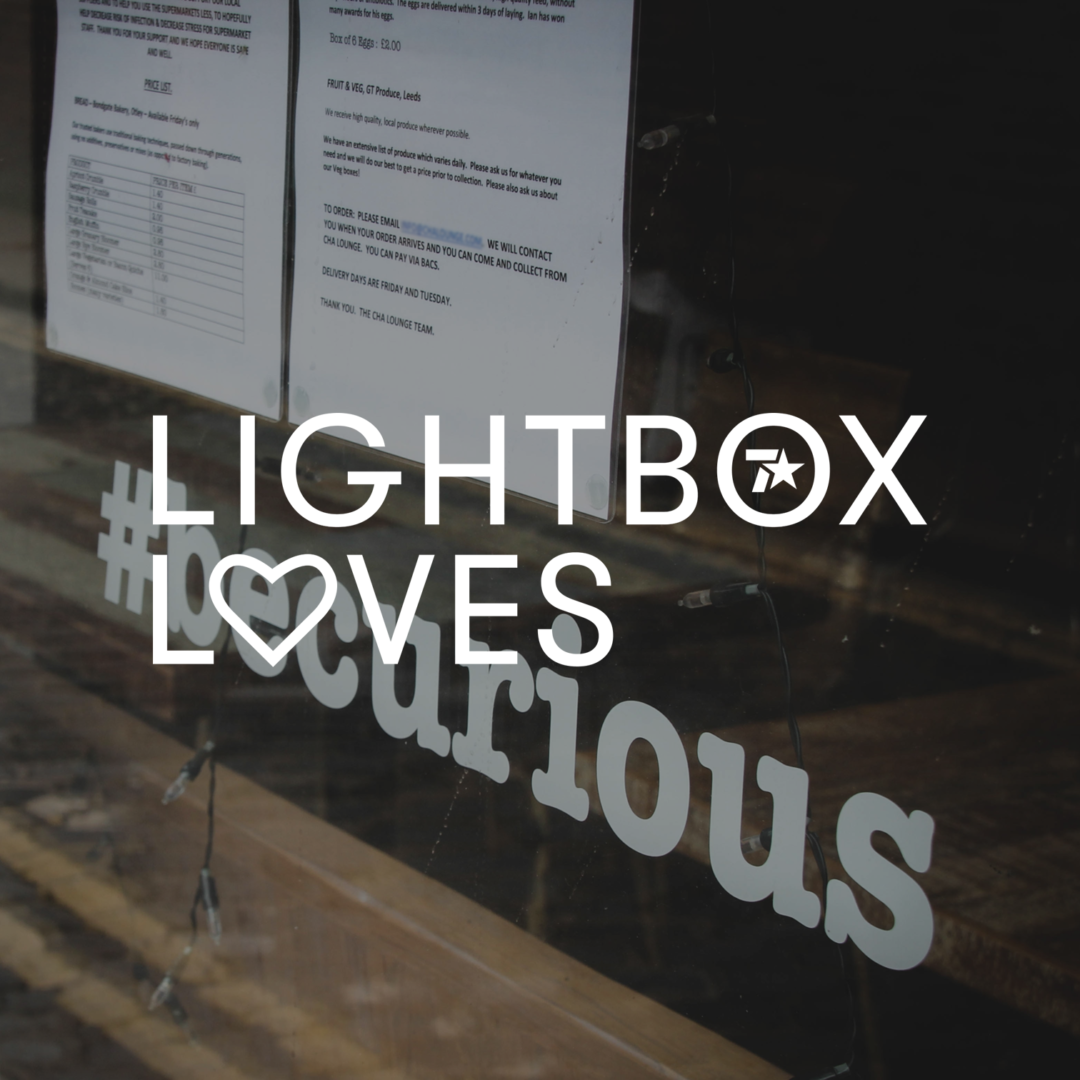


Recent Comments